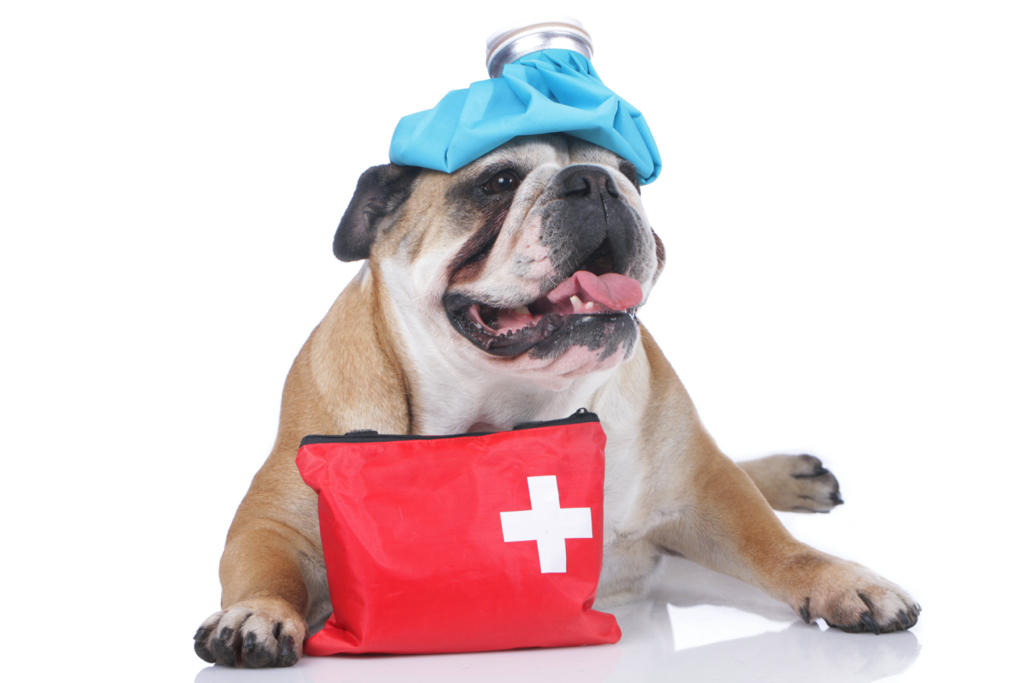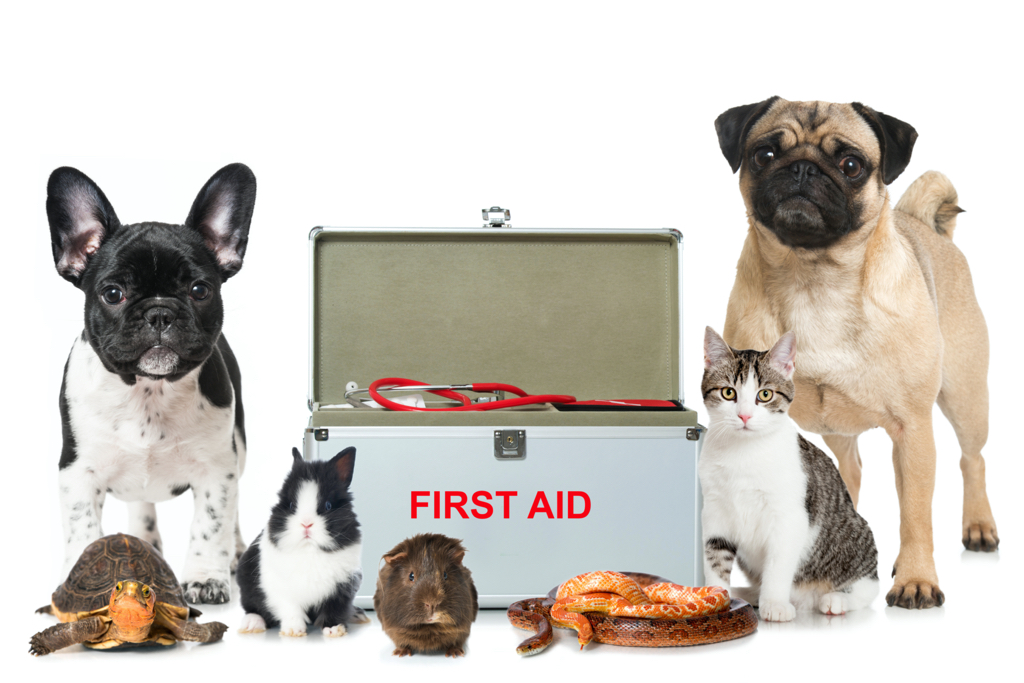When a pet emergency comes along, the last thing to do is find the items you need. When you put together a pet first aid kit, you can be sure to be prepared in an emergency. Check your cat or dog’s first aid kit about every six months to make any necessary replacements or updates. We recommend you consult with your pet veterinarian about what your first aid kit should contain as well as advice on how to use these items to keep your pet as safe as possible.
Here are some essential things to keep in your pet’s first aid kit at all times.
1. Bandages
Bandages are a staple in any dog first aid kit or cat first aid kit. In many cases, the application you put on after an injury is only temporary until you can see your vet. Still, it plays a vital role in providing support and preventing contamination. Please make sure the dressings are tight enough not to fall off but not so close that they interfere with blood flow.
You can simplify the dressing by choosing an adhesive bandage. This dressing does not adhere to skin or fur and is made of a material that applies pressure while reducing blood flow risk.
2. Antibiotic ointment
If you and your pet live outside, it is recommended that you carry these types of items with you at all times. If your pet gets a small cut or scratch, antibiotic ointments will help prevent infections, relieve pain, and act as a barrier against bacteria and germs. Even minor dents and scratches can lead to many major health problems when infected.
3. Latex or rubber gloves
Gloves are essential for pet first aid. Using gloves not only protects you but also reduces the risk of infection to your pet. It is surprisingly easy to infect an animal’s wound accidentally. Keep multiple sets of gloves in your location. A pair may fall apart, or you may need someone else’s help.
4. Hydrogen peroxide
You can’t give cats anything after they eat something poisonous. Veterinary intervention is the only answer. However, in dogs, you can have hydrogen peroxide on hand (only 3% of hydrogen peroxide is safe for dogs) to induce vomiting.
However, before using it, check with your local poison control center. With some types of toxins, vomiting isn’t the answer. And feeding your dog the wrong amount can lead to bloody and uncontrollable vomiting. If someone else uses your first aid kit, keep a note with the hydrogen peroxide and clearly state that the vet should be consulted first.

5. Digital thermometer
Taking your pet’s temperature can help you understand how severe his condition is. It is also useful information to consult your vet by phone.
For stress-free insertion, apply a petroleum or water-based lubricant to the end of the thermometer. If possible, have someone gently restrain and distract your pet while you lift its tail as much as it takes to insert the metal tip of the thermometer into your pet’s rectum (about half an inch). Make sure to buy a thermometer that reads at least 105 degrees Fahrenheit.
6. Emergency contact card
Use a contact card to write down your vet’s phone numbers and an animal poison control center. If you need to leave your pet with a sitter, you can copy the card for them.
Products are available that include stickers and wallet cards to write down the types of pets and any emergency contacts. The stickers can be placed at any entrance in your home, while you can keep the wallet card in your wallet or purse at any time.
7. Paperwork
Your pet’s medical records (such as prescriptions and vaccination records), your vet’s phone number, and the number of the nearest emergency veterinary clinic and poison center in your area should remain with you at all times.
Ideally, you don’t need these numbers, but you’ll be grateful to have them on hand when you do. It is not enough to store your vet number on your phone. The phone battery may be dead or left in the car. So make sure you have a piece of paper handy to write down the information you need physically.
CONCLUSION
First aid for pets can save your pet’s life before you can take your pet to the vet. Always remember that any first aid given to your pet should be followed by immediate veterinary treatment. First aid is not a substitute for veterinary care, but it can save your pet’s life until they receive veterinary treatment.
Tell us your thoughts or any experiences you’ve had with pet first aid in the comment box.

Leave a Reply